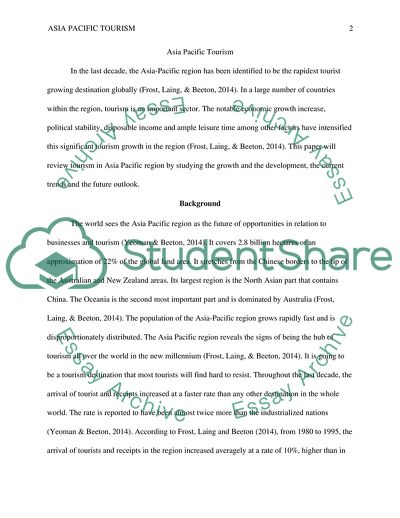Cite this document
(Asia Pacific Tourism Case Study Example | Topics and Well Written Essays - 1500 words, n.d.)
Asia Pacific Tourism Case Study Example | Topics and Well Written Essays - 1500 words. https://studentshare.org/tourism/1871012-tourism-research-paper
Asia Pacific Tourism Case Study Example | Topics and Well Written Essays - 1500 words. https://studentshare.org/tourism/1871012-tourism-research-paper
(Asia Pacific Tourism Case Study Example | Topics and Well Written Essays - 1500 Words)
Asia Pacific Tourism Case Study Example | Topics and Well Written Essays - 1500 Words. https://studentshare.org/tourism/1871012-tourism-research-paper.
Asia Pacific Tourism Case Study Example | Topics and Well Written Essays - 1500 Words. https://studentshare.org/tourism/1871012-tourism-research-paper.
“Asia Pacific Tourism Case Study Example | Topics and Well Written Essays - 1500 Words”. https://studentshare.org/tourism/1871012-tourism-research-paper.


